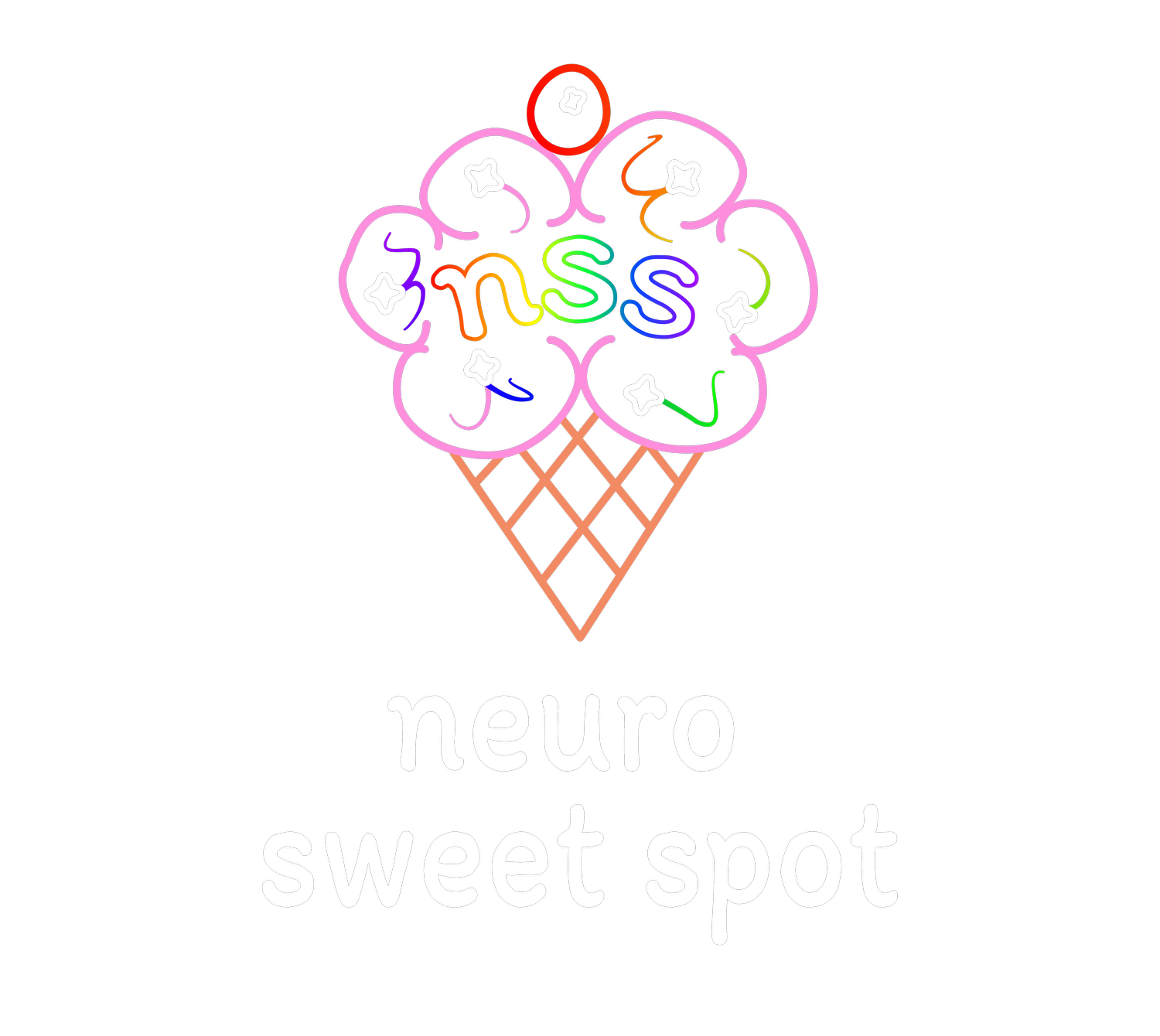
Education and Tangible Resources:
Dive Into Insights and Tips
Discover Your Brain. Discover You.
Clarity brings confidence as you find your Neuro Sweet Spot.
Power of the Prefrontal Cortex
How to Access the Brain’s Captain of Logic, Planning,
and Emotional Regulation
The prefrontal cortex (PFC) is what we’ll call the Captain Brain—the part responsible for logic, planning, impulse control, and empathy.
It doesn’t fully develop until around age 25 (source), which means younger brains:
Shift into survival mode faster
Stay dysregulated longer
Have a harder time returning to call
Why This Matters for Self-Compassion (and Supporting Others)
When the prefrontal cortex is offline, it can feel like:
this is the worst thing I’ve ever felt
It’s going to last forever
I don’t care who I hurt to get out of this feeling
The nervous system treats stress like a survival threat, even when it’s something like a difficult conversation or an unexpected change.
The challenge? The part of the brain that can provide logical perspective is temporarily unavailable.
If you’re working with kids or teens, validating their experience is crucial—because for them, it really does feel that big.
How Regulation Works: Getting Captain Brain Back Online
The goal is to help the brain shift out of survival mode.
That starts with activating the nervous system in a helpful way.
Step 1: Recognize When You’re Triggered
At first, it may not even feel like being triggered—it just feels normal because it happens so often.
Some common signs include:
Fight: Feeling angry, frustrated, needing control
Flight: Feeling anxious, restless, needing to escape
Freeze: Feeling stuck, zoning out, shutting down
Fawn: Trying to smooth things over, saying “it’s fine” even when it’s not
Activating the Parasympathetic Nervous System (Rest & Regulation Mode)
The nervous system has two main settings:
Survival mode (fight/flight/freeze/fawn)
Regulation mode (rest/digest/restore)
When the brain is dysregulated, we have to signal safety first before Captain Brain can come back online.
Ways to Do That:
Belly Breathing
Breathe deeply into your belly (imagine inflating a balloon behind your belly button).
Exhale slowly through pursed lips, like blowing bubbles.
This stimulates the vagus nerve, which tells the body it’s safe (source).
Grounding Movements
Stretching, shaking out tension, or walking can help reset the nervous system.
Cold Stimulation
Splashing cold water on your face, holding an ice pack, or drinking something cold can help the body shift out of panic mode.
Humming or Singing
The vibrations stimulate the vagus nerve and naturally calm the system.
Tactile Sensory Input
Engaging with textures (running fingers along fabric, squeezing a soft object) can help re-anchor to the present moment.
Key Takeaways
The prefrontal cortex isn’t fully developed until around 25, which impacts emotional regulation.
When dysregulated, the brain treats even small stressors like major threats because the logical part of the brain is temporarily offline.
Regulation starts with the body.
You can’t think your way back to calm—you have to physically signal safety first.
Breathing, movement, and sensory tools can help bring Captain Brain back online.

